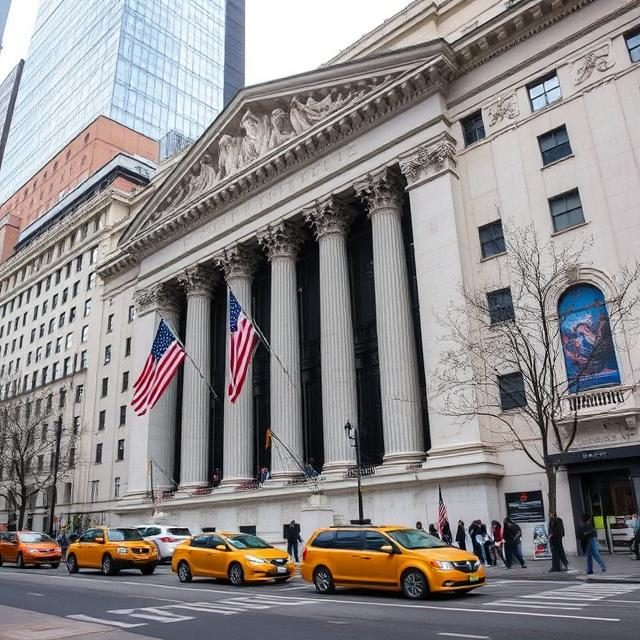The U.S. stock market experienced a broad rally last week, with the S&P 500 climbing 1.3% and the Nasdaq Composite gaining 1.5%. This positive momentum was largely driven by renewed investor optimism surrounding potential interest rate cuts by the Federal Reserve. The shift in sentiment followed a series of economic reports indicating easing inflation and slower labor market growth, reinforcing expectations that the Fed could pivot toward a more accommodative monetary policy in the coming months.
Why Are Rate Cut Expectations Rising?
Several key factors have contributed to growing speculation that the Federal Reserve may reduce interest rates sooner than previously anticipated:
- Easing Inflation Pressures:
- The latest Consumer Price Index (CPI) report showed inflation slowing to 2.8% year-over-year, marking a continued decline from previous months.
- Core inflation, which excludes volatile food and energy prices, also eased, signaling a broader trend of cooling price pressures.
- Slower Job Growth:
- The most recent employment report indicated weaker-than-expected job gains, with the U.S. economy adding only 175,000 jobs in February 2025.
- Wage growth also moderated, reducing fears of persistent inflation driven by rising labor costs.
- Dovish Federal Reserve Commentary:
- Several Federal Reserve officials have hinted at the possibility of rate cuts if inflation continues to decline and economic conditions soften.
- Fed Chair Jerome Powell stated in a recent speech that policymakers are closely monitoring economic data and remain open to adjusting monetary policy as needed.
Stock Market Reaction
The prospect of lower interest rates has boosted investor confidence, driving gains across major indices. Growth stocks, particularly in the technology and consumer discretionary sectors, saw the strongest gains, as lower borrowing costs typically benefit high-growth companies. The bond market also reacted positively, with the yield on the 10-year Treasury note falling to 3.9% from 4.1% earlier in the week.
Sectors That Benefited the Most
- Technology Stocks:
- Companies in the tech sector, including AI-driven firms and semiconductor manufacturers, saw strong gains as lower rates make future earnings more attractive.
- Real Estate and Financials:
- The real estate sector benefited from lower borrowing costs, while financial stocks gained on the expectation of increased consumer and business lending.
- Consumer Discretionary:
- Retail and e-commerce companies surged as investors anticipated stronger consumer spending driven by a more favorable interest rate environment.

Potential Risks and Uncertainties
While rate cut expectations have fueled market optimism, several risks remain:
- Uncertainty Around Fed Timing:
- The Federal Reserve has maintained a cautious stance, emphasizing that any policy adjustments will depend on incoming data. If inflation remains sticky, rate cuts could be delayed or reduced in scope.
- Geopolitical and Economic Risks:
- Ongoing global economic uncertainties, including trade tensions and geopolitical conflicts, could impact market stability and Fed decision-making.
- Market Overreaction:
- Some analysts warn that markets may be pricing in rate cuts too aggressively, raising the risk of volatility if the Fed does not act as expected.
Conclusion
The recent stock market surge highlights growing investor optimism about potential Federal Reserve rate cuts. While economic data suggests a cooling inflationary environment, the timing and scale of future rate reductions remain uncertain. Investors will closely watch upcoming inflation reports, employment data, and Fed statements to gauge the likelihood of monetary policy adjustments. For now, market sentiment remains bullish, with hopes that lower interest rates will support continued economic and financial market growth.









